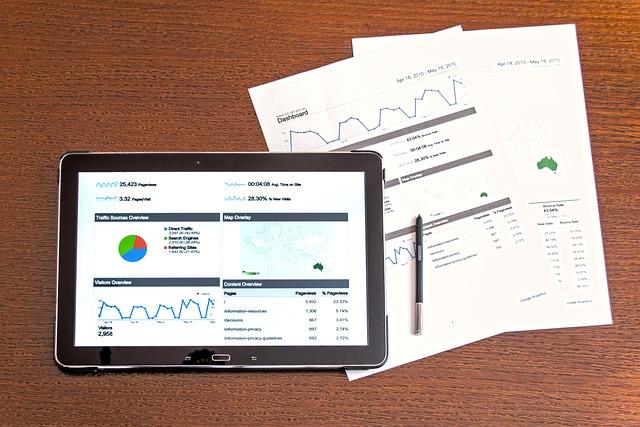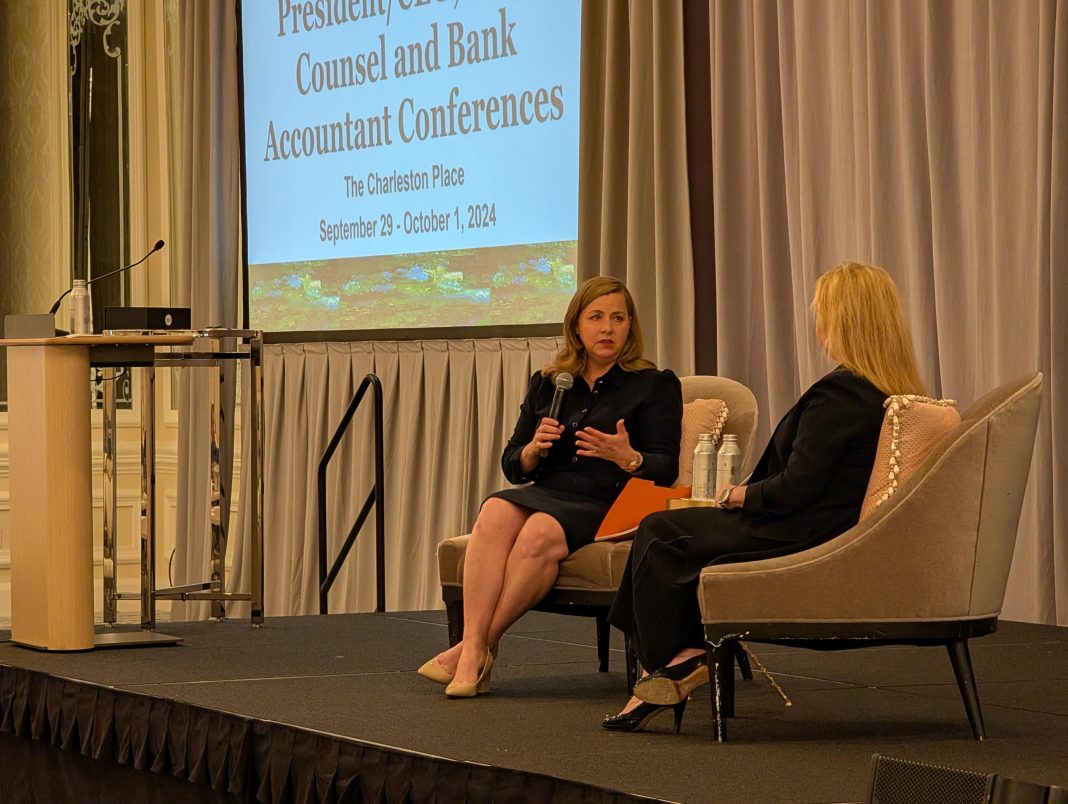In the intricate tapestry of global finance, the rhythm of economic cycles plays a symphony that reverberates across borders and industries. As the world navigates the ebbs and flows of prosperity and recession, the specter of global economic slowdowns emerges as a formidable force, casting long shadows over the landscape of credit risk. In this exploration, we delve into the profound impact that these economic decelerations exert on the delicate balance of credit markets. With an authoritative lens, we unravel the complex interplay between macroeconomic forces and credit dynamics, examining how the tremors of a slowing global economy ripple through the corridors of financial institutions, alter risk assessments, and reshape the contours of creditworthiness. As we stand at the crossroads of uncertainty, understanding the nexus between economic slowdowns and credit risk becomes not just an academic exercise, but a crucial endeavor for policymakers, investors, and stakeholders seeking to navigate the tumultuous waters of global finance with foresight and resilience.
Navigating Turbulent Times Understanding the Ripple Effects on Credit Risk
In the intricate web of global finance, economic slowdowns often send ripples across various sectors, with credit risk being particularly susceptible. As economies decelerate, businesses face declining revenues, consumers tighten their belts, and the once steady flow of credit begins to waver. This environment creates a perfect storm for heightened credit risk, where the likelihood of defaults and bankruptcies increases. Financial institutions must remain vigilant, recalibrating their risk assessment models to account for these shifts. Understanding these dynamics is crucial for stakeholders aiming to navigate these turbulent waters effectively.
- Increased Default Rates: As cash flows dwindle, borrowers may struggle to meet their obligations, leading to higher default rates.
- Stricter Lending Standards: Financial institutions may tighten their lending criteria, impacting the availability of credit.
- Volatility in Asset Prices: Economic slowdowns can lead to fluctuations in asset values, affecting collateral and loan recovery processes.
- Impact on Emerging Markets: These regions may experience more pronounced effects due to their dependency on external capital and trade.

Unveiling Vulnerabilities How Economic Slowdowns Expose Financial Fragility
During periods of economic deceleration, the delicate balance of financial systems often reveals its underlying weaknesses. Credit risk, a crucial component of financial stability, becomes particularly pronounced as businesses and consumers alike grapple with diminished cash flows and heightened uncertainty. As revenue streams dwindle, the ability of borrowers to meet their obligations falters, leading to a cascade of potential defaults. This scenario places immense pressure on financial institutions, which must navigate the precarious terrain of rising non-performing loans and tightening credit conditions.
- Heightened Default Rates: Economic slowdowns often correlate with an increase in default rates as borrowers struggle to maintain their financial commitments.
- Liquidity Crunch: Banks and lenders may face liquidity challenges as they attempt to manage the dual pressures of increased withdrawals and decreased loan repayments.
- Credit Rating Downgrades: As financial health deteriorates, entities may suffer downgrades, impacting their ability to secure future financing.
In this landscape, the interconnectedness of global markets means that vulnerabilities in one region can swiftly ripple across borders, amplifying the risk of systemic instability. Thus, understanding and mitigating credit risk becomes not just a priority but a necessity for maintaining economic resilience in the face of adversity.
Strategic Shielding Proactive Measures to Mitigate Credit Risk
In the face of global economic slowdowns, businesses must adopt strategic shielding to effectively mitigate credit risk. This involves a proactive approach, focusing on several key measures to safeguard financial stability. Companies should prioritize enhancing their credit assessment processes by leveraging advanced analytics and machine learning technologies. This allows for more accurate risk profiling and early identification of potential defaults.
Additionally, implementing robust credit monitoring systems is crucial. This includes:
- Regularly reviewing credit portfolios to detect shifts in risk profiles.
- Establishing dynamic credit limits that adjust based on real-time financial health indicators.
- Fostering strong relationships with customers to gain insights into their financial situations.
By embracing these proactive measures, organizations can not only protect themselves against the adverse effects of economic downturns but also position themselves to capitalize on emerging opportunities in a volatile market.
Innovative Approaches Leveraging Technology to Enhance Credit Resilience
In an era where global economic slowdowns pose significant challenges to credit risk management, leveraging technology has become a cornerstone for enhancing credit resilience. Financial institutions are increasingly turning to innovative solutions that harness the power of data analytics, artificial intelligence, and blockchain technology. These tools are not just transforming traditional credit risk assessment models but are also enabling more dynamic and responsive strategies.
- Data Analytics: By utilizing advanced data analytics, organizations can gain deeper insights into borrower behavior and market trends, allowing for more accurate risk assessments.
- Artificial Intelligence: AI-driven algorithms can predict potential defaults with higher precision, enabling lenders to proactively manage risk portfolios.
- Blockchain Technology: With its decentralized nature, blockchain offers enhanced transparency and security, reducing the likelihood of fraud and improving trust in credit transactions.
These technological advancements are not just about mitigating risks but also about seizing opportunities to create more resilient credit systems that can withstand the pressures of a fluctuating global economy. By adopting these innovative approaches, financial institutions can better navigate the complexities of credit risk in today’s interconnected world.





